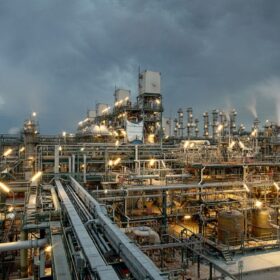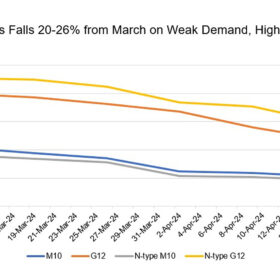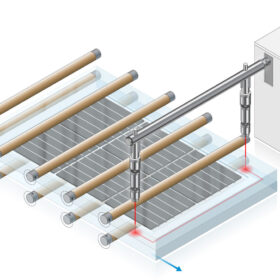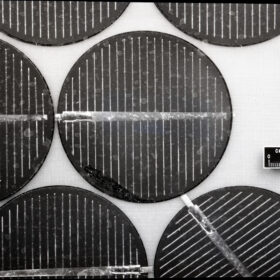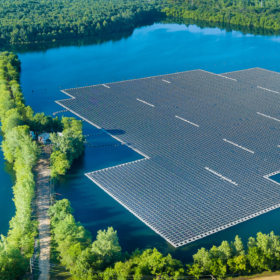Chinese PV Industry Brief: China may add 280 GW of new PV this year
China Securities has revised its annual guidance for China, predicting up to 280 GW of new PV installations this year, while glass manufacturer Kibing and wafer maker HySolar revealed new solar investment plans.
Germany launches new measures to support solar
The German parliament has approved “Solarpaket 1,” a policy package that includes higher feed-in tariffs for commercial and industrial (C&I) solar projects and new measures related to the size of eligible installations in large-scale solar auctions.
OCI increases production capacity at Malaysian polysilicon factory
OCI has revealed plans to invest $617.9 million to expand production at its Malaysian manufacturing facility from 35,000 to 56,600 metric tons.
Perovskite PV cell, module manufacturing may face material supply risks
German and Swedish researchers calculated the supply of materials to produce perovskite tandem PV at a multi-terawatt-scale, flagging the difficult supply of gold, indium and cesium, well as a need to streamline production of certain materials used for hole-transport layers. “In essence, we might be able to go post-fossil fuels, but we can’t go post-minerals,” the research’s corresponding author, Lukas Wagner, told pv magazine.
Chinese wafer prices stable-to-soft amid high inventories
In a new weekly update for pv magazine, OPIS, a Dow Jones company, offers bite-sized analysis on solar PV module supply and price trends.
Improving solar panel recyclability with lasers
The National Renewable Energy Laboratory developed a proof of concept for a method to remove polymers from solar panel manufacturing to enable more efficient recycling.
European Parliament votes in favor of Net-Zero Industry Act
The European Parliament has approved the Net-Zero Industry Act, which now awaits formal adoption by the European Council to become law. The European Solar Manufacturing Council has welcomed the decision, saying that it “gives a green light for procurement of sustainable European-made solar panels.”
First silicon solar cell celebrates 70th birthday
On April 25, 1954, US researchers presented the first prototype of a usable solar module. The efficiency at that time was around 6%. A lot has happened since then.
Reducing photovoltaic-thermal module temperature with iron, copper oxide
An international research team has proposed using iron oxide and copper oxide to lower photovoltaic-thermal (PVT) solar module temperature. Their analysis showed that the two compounds were able to lower the panels’ operating temperature by 23.49% and 34.58% respectively.
Chemitek offers new cleaning products for floating PV
Chemitek has developed new cleaning products for floating PV arrays. The Portuguese company says it has tested and confirmed them to be safe for animals and vegetation around such systems.


